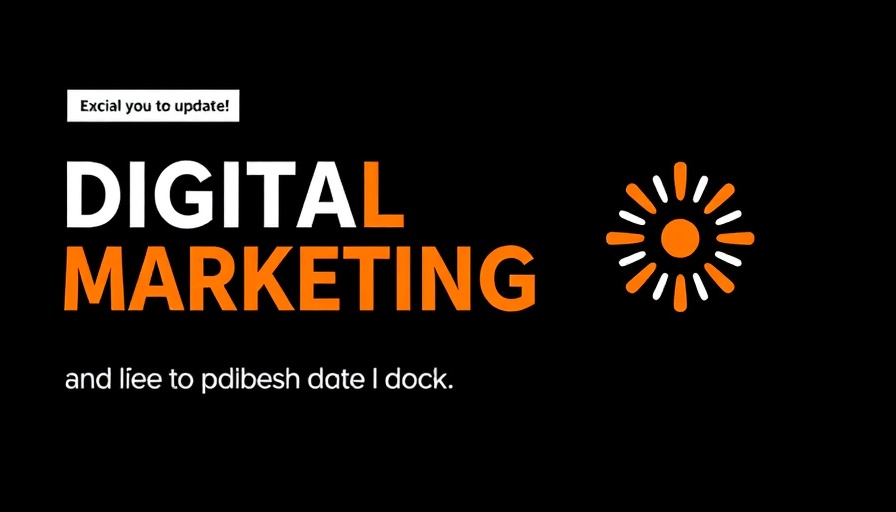
Switching Email Service Providers: Essential Steps for a Seamless Migration
In today's digital landscape, the choice of email service provider (ESP) can significantly impact a company's marketing strategy and customer engagement. As digital marketing techniques continue to evolve, businesses are increasingly switching ESPs in search of better features, improved analytics, and enhanced customer satisfaction. But with change comes challenge, especially when it involves migrating data and maintaining consistent communication with clients. To help professionals navigate this critical transition, we've compiled a comprehensive checklist for preparing to switch ESPs.
The Importance of Migrating Carefully
A smooth transition not only safeguards valuable customer data but also minimizes disruptions in marketing campaigns. Large volumes of data, such as subscriber lists, campaign histories, and performance metrics, must be transferred meticulously. Failures can lead to missed opportunities and decreased ROI, making this phase crucial for maintaining brand reputation and customer trust.
Step-by-Step Migration Checklist
1. Evaluate Your Current ESP: Before making any changes, assess the features you currently leverage and determine what's lacking. This analysis will allow you to pinpoint the must-have capabilities in your new ESP.
2. Research Potential ESPs: Make an informed decision by comparing various ESPs based on factors such as integrations, support, scalability, and pricing. Pay attention to reviews and user feedback.
3. Prepare Your Data: Organize your existing subscriber lists and ensure they are clean (removing duplicates and inactive addresses) to facilitate a trouble-free transfer.
4. Backup Data: Always back up your data before initiating the migration process to prevent any loss during the switch.
5. Test New ESP Features: Utilize trial periods to test the features of the new ESP to ensure they meet your expectations and operational needs before full migration.
6. Create a Migration Timeline: Outline a schedule that details the migration steps and sets deadlines to keep the transition on track.
7. Monitor Performance: After migration, regularly check the performance metrics on the new ESP to ensure that it meets your marketing goals. Adjust strategies based on real-time data.
Risks and Challenges of Migrating ESPs
Switching ESPs is not without risks. Common challenges include data loss, downtime during transition, and potential decreases in email deliverability. To mitigate these issues, it’s advisable to conduct thorough planning and have contingency measures in place.
Moving Forward with Confidence
The complexities of switching ESPs can be daunting, yet a systematic approach helps minimize discomfort while maximizing future opportunities. Remember, the continued evolution of email marketing automation tools means having up-to-date platforms should be a priority for your business.
Maximizing Your Marketing Automation Tools Post-Migration
Once your migration is complete, focus on utilizing your new ESP to its fullest potential. Explore functions such as personalized email marketing campaigns, automated workflows, and advanced analytics. These tools can significantly enhance your digital marketing strategy and improve customer engagement rates.
Final Thoughts
As you embark on this critical transition, remember that successful migration can set your marketing strategies on a path of growth and innovation. Embrace the opportunity to refine your email marketing and strengthen relationships with your audience effectively.
If you found this checklist helpful, share it with your network or utilize a specialized guide to ensure a seamless migration experience.
 Add Row
Add Row  Add
Add 




 Add Row
Add Row  Add
Add
Write A Comment